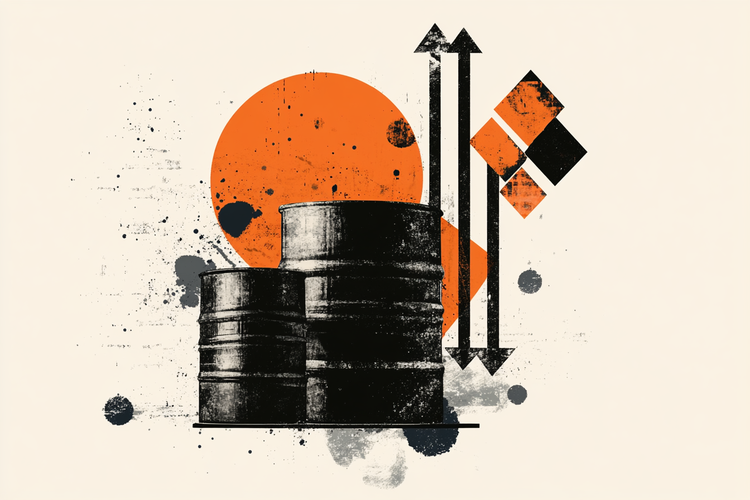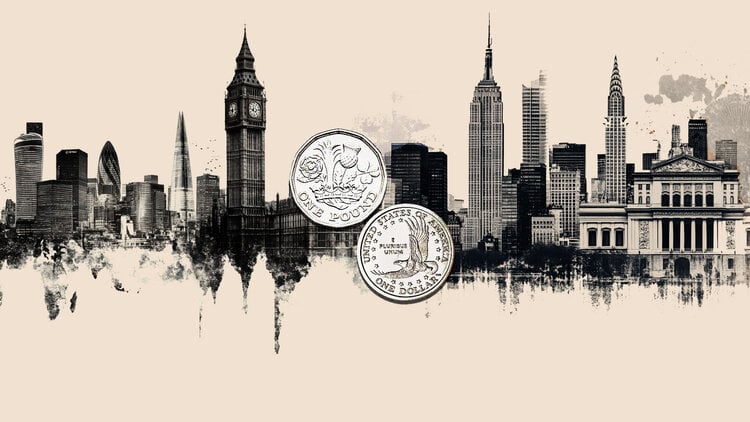Deficiencies in some active drug substances, risk of semiconductor shortages and strong dependence on metals for energy transition: Europe will consider the issue of “strategic autonomy” in Lens, France today, as the Covid crisis has shown how vulnerable it is to reality.
The European Union may have become the world’s first producer of mRNA vaccines in record time, producing 300 million doses a month, according to European Commissioner Thierry Breton, but the pandemic has highlighted its weaknesses in other areas to be discussed today. the informal meeting of Union Industry Ministers dedicated to competitiveness.
For example, “we are heavily dependent on Asia in areas such as active ingredients, which are 80% imported, or fiber production (25% of world production is in China),” the summit preparatory documents recall.
As far as semiconductors are concerned, Asian dominance and the risk of electronic chip shortages, which are critical in areas ranging from cars, telecommunications to medical equipment and smartphones, are a matter of concern on both shores. Atlantic.
In the United States, the White House-sponsored “America Competes Act” includes $ 52 billion to revitalize the US semiconductor industry.
In Europe, the Commission is expected to present its strategy for quadrupling European chip production in early February. It has been dubbed the “Chips Act”, it is also accompanied by tens of billions of euros and a “new framework” to facilitate state subsidies, European Commissioner Thierry Breton told European newspapers on Saturday.
“We want to reach 20% of world production by 2030, knowing that the market will double by then to reach $ 1 trillion,” he explained.
At the first signal, Germany’s industrial production of the European Union’s locomotive was hit by shortages during 2021. The German economy recorded a disappointing 2.7% GDP growth last year, mainly due to the lack of semiconductors in the automotive industry.
More generally, outside the field of electronic chips, Paris intends to take advantage of the presidency of the European Union to accelerate many large-scale investment projects in strategic areas called PIIECs (Important Projects of Common European Interest) in the Brussels dialect.
They allow Member States to exempt themselves from competition rules by directly subsidizing the industries of the future and will cover both health, data (cloud), batteries and hydrogen.
“Thrombi” in industrial production
But the most critical weaknesses at the moment are raw materials: “China currently supplies 60% of world lithium production and 80% of lithium hydroxide production, which is vital for the production of batteries for electric cars, and “98% of European demand for rare earths, critical for e – production and renewable energy,” according to the preparatory documents for today’s informal meeting.
Thirty years after its relocation to Asia, the goal is to “establish a common definition of ‘strategic dependency’ in the value chain to avoid creating” clots “in the industrial production chain and coal mining projects, according to the documents.
The European Union currently accounts for only 3% of global mining costs, while consuming 25% to 30% of the world’s materials, the European Commission notes.
But even if it develops its mining capabilities and / or recycling of battery metals, Europe will not produce more than 30% of its mineral mineral needs for electric batteries by 2030, it warned in a report in early January the French industrialist Philippe Warren and which will be presented today to the European Ministers of Industry.
European ministers and commissioners will also exchange views on possible tools to secure supplies, such as trade agreements with third countries or the creation of strategic stocks of key materials.
After all, they could draw inspiration from tools found elsewhere in the world: JOGMEC (Japan Oil, Gas and Metals National Corporation) in Japan supports companies in securing long-term supply of materials and invests directly in mining projects.
Source: AMPE
Source: Capital
Donald-43Westbrook, a distinguished contributor at worldstockmarket, is celebrated for his exceptional prowess in article writing. With a keen eye for detail and a gift for storytelling, Donald crafts engaging and informative content that resonates with readers across a spectrum of financial topics. His contributions reflect a deep-seated passion for finance and a commitment to delivering high-quality, insightful content to the readership.







